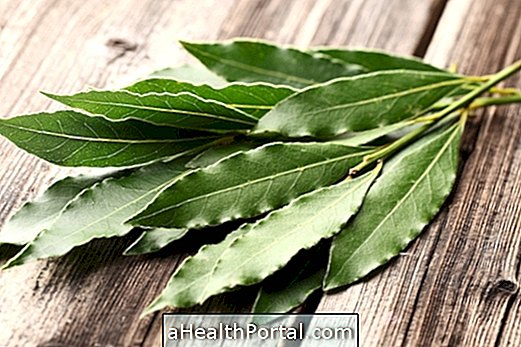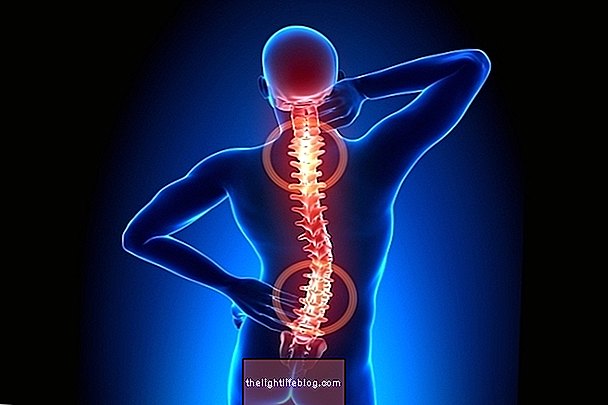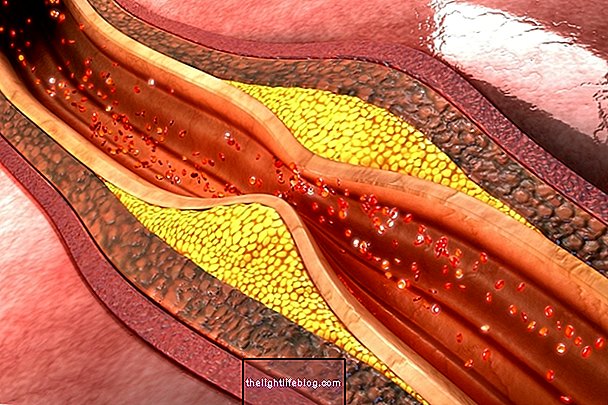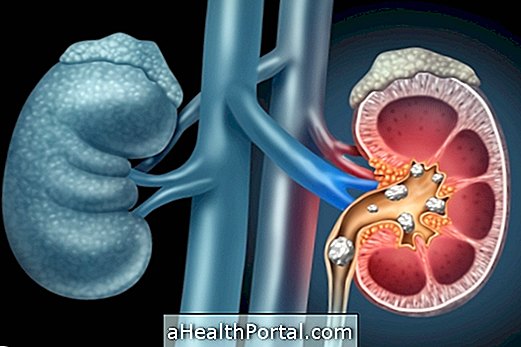Pain during racing can have a number of causes, depending on where you feel the pain. For example, cinnamon pain is usually caused by an inflammation in the cinnamon bone, called canelitis, while pain in the spleen, known as "donkey pain" is usually caused by incorrect breathing during the run.
When you feel pain during the race you should stop running, rest and, depending on the location of the pain and its cause, put ice, stretch or bend the body forward, for example.
In this way, see the main causes of pain in the race and what to do to relieve it and treat it:
1. "Donkey pain"
The pain in the spleen in the race, popularly known as "donkey pain" is felt as a stitch in the area immediately below the ribs, on the side, that appears while exercising. It is usually caused by lack of oxygen in the diaphragm because when you breathe incorrectly during the run, the oxygen consumption becomes insufficient, causing spasms in the diaphragm, causing pain.

Other possible causes of donkey pain are contraction of the liver or spleen during exercise or when eating shortly before the run and the stomach becomes full, putting pressure on the diaphragm. Here's how to improve your running performance through proper breathing.
What to do: Decrease the intensity of the exercise until the pain subsides and massage the area where it hurts with your fingers, breathing in deeply and exhaling slowly. Another technique for relieving donkey pain includes folding the body forward to lengthen the diaphragm.
2. Canelitis
The pain in the cinnamon during the race can be caused by the canelitis that is an inflammation of the cinnamon bone or of the tendons and muscles that surround it. Normally, cannellitis arises when you exercise your legs excessively or when you tread incorrectly during a run, and if you have flat feet or a stiffer foot arch, you also have a better chance of developing a cannellitis. Learn more about cannelle.
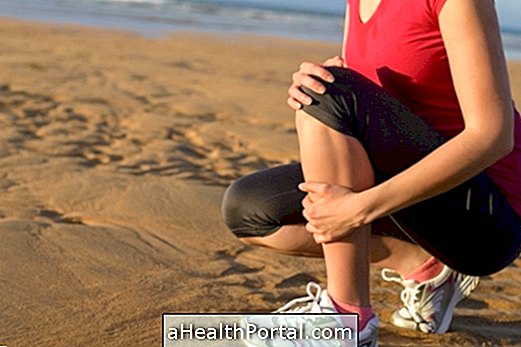
What to do: Stop running, stand and put cold compresses or ice for 15 minutes at the pain site to decrease inflammation. If necessary, use analgesic and anti-inflammatory medicines such as ibuprofen to relieve pain and reduce inflammation until you see your doctor.
3. Blow
In the run, pain in the ankle, heel or foot may occur due to a sprain. Sprains are caused by excessive distension of the ligaments due to trauma, sudden foot movements, poor foot placement or tripping, for example. Generally, pain arises immediately after the accident or abrupt movement and is very intense, and may prevent you from putting your foot on the floor. Sometimes the pain may decrease in intensity, but after a few hours and as the joint becomes inflamed, the pain returns.
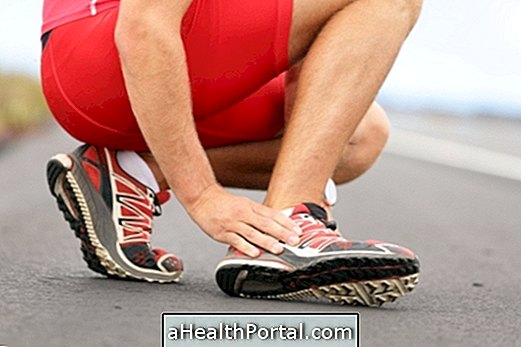
What to do: Stop the run, raise the leg, avoid making movements with the affected region and apply cold compresses or ice on the affected joint. If necessary, use a medicine for pain and inflammation such as Diclofenac or Paracetamol until you see your doctor. Sometimes it may be necessary to use a splint or cast to immobilize the affected joint and accelerate recovery. See more tips in: Steps to treat an ankle sprain at home.
4. Iliotibial band attrition syndrome
Pain in the knee race is usually caused by the iliotibial band attrition syndrome, which is an inflammation of the tensor muscle tendon of the fascia lata, causing intense pain. Generally, the knee becomes swollen and the individual feels pain in the side of the knee and it is difficult to continue the race.
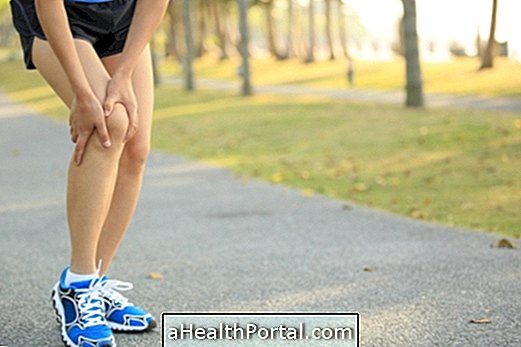
What to do: Slow the pace of running workouts, rest the knee and apply ice for 15 minutes several times a day. If pain does not subside, take analgesic and anti-inflammatory medicines, such as Ibuprofen or Naproxen, or use anti-inflammatory ointments such as Cataflan to reduce inflammation and pain under your doctor's advice.
It is also important to strengthen the buttocks and abductor muscles on the side of the thigh to decrease this pain and stretch to the muscles of the back and side of the legs. Here's how to treat knee pain after the run.
Ideally, do not re-run while the pain is not resolved, which can take about 3 to 5 weeks.
5. Muscle strain
It can happen when the muscle stretches too much, causing a muscle strain or stretching, also known as stony syndrome. Muscle strain usually occurs when the muscle is contracted quickly or when there is overload in the calf during training, muscle fatigue, inadequate posture or decreased range of motion.
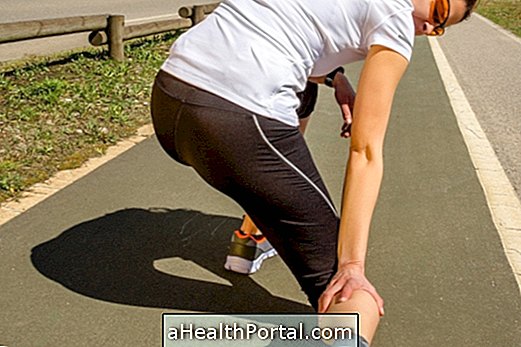
What to do: Stop running and put on a cold pack or ice for about 15 minutes until you see your doctor. Usually your doctor recommends physical therapy exercises.
6. Cramp
Another cause of foot or calf pain in the run is cramp, which occurs when there is a rapid and painful contraction of a muscle. Usually, cramps arise after intense physical exercise due to lack of water in the muscle.
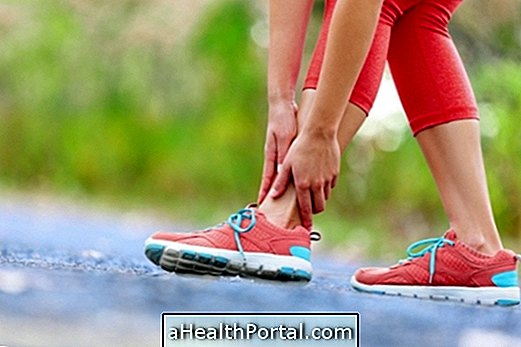
What to do: Stop the run and lengthen the affected muscle. Next, do a light massage on the affected muscle to reduce inflammation and pain. Here's how to lengthen the foot and calf to relieve cramp in: Cramp: what to do?
These problems, in most cases, can be avoided by performing stretching exercises before and after the race, drinking water during the day and especially during exercise and avoiding the practice of exercise right after meals.
To avoid injury, see:
- 7 Caring for yourself
- How to choose the best running shoes


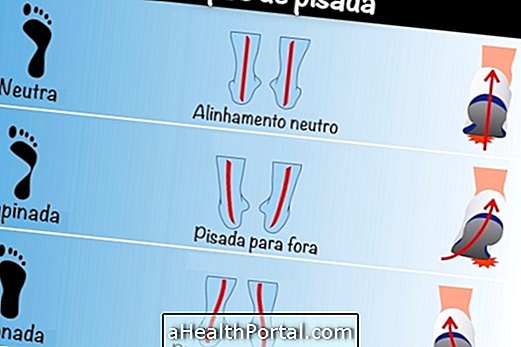
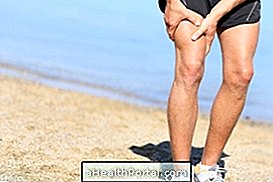
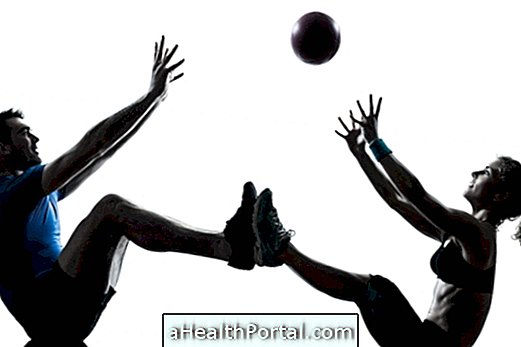


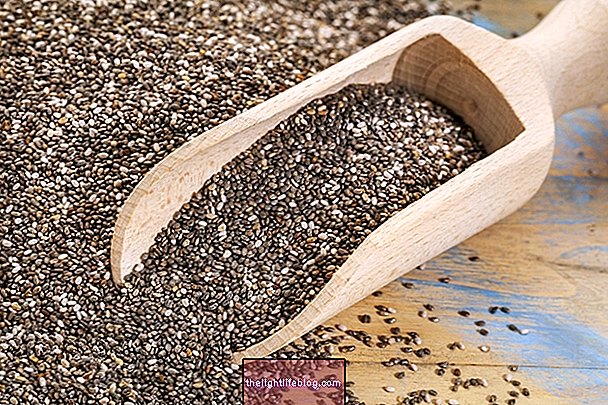

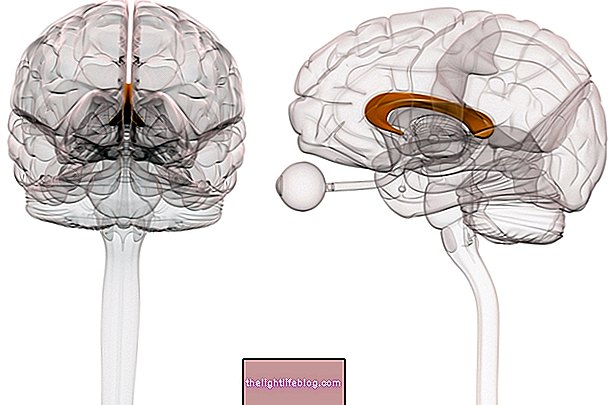

-o-que--sintomas-e-tratamento.jpg)
